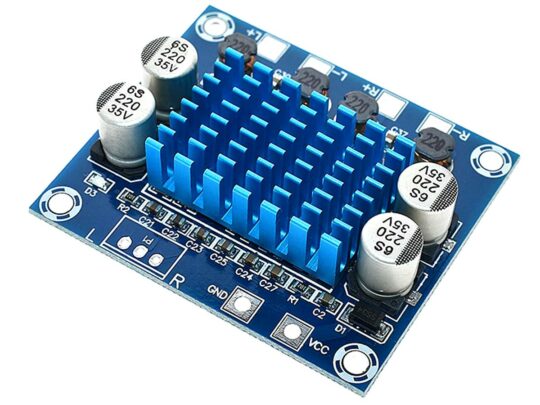
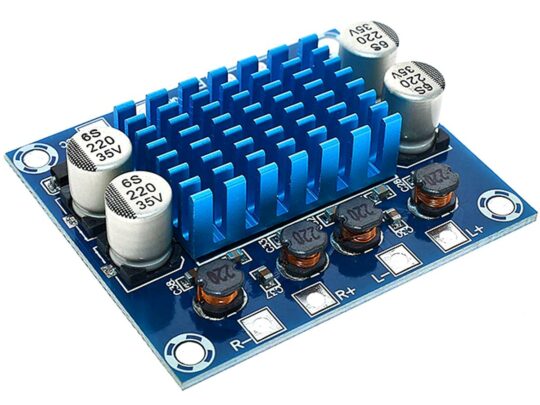
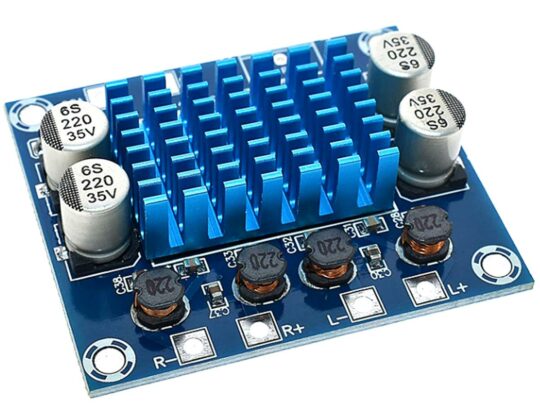
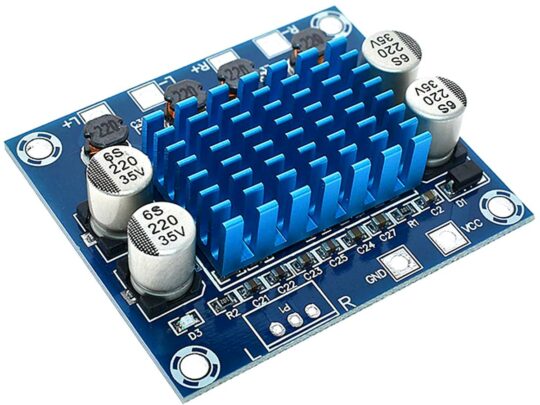
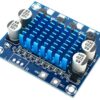
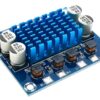
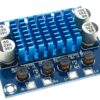
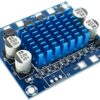
30W+30W Class-D Stereo Audio Amplifier Module – 8 to 26V Power Supply
CAD 3.98
| Need more than we have? Order now, we will ship when back in stock. Lead time about 2-3 weeks. See our backorder policy. |
| Discount Type | Quantity | Volume Price |
|---|---|---|
| Quantity | 3 - 9 | 10% CAD 3.58 |
| Quantity | 10 - 24 | 12.5% CAD 3.48 |
| Quantity | 25 + | 15% CAD 3.38 |
- Description
- Reviews (2)
Description
This 2 x 30 Watt Class-D Audio HiFi Amplifier board features the TPA3110 amplifier chip with high efficiency, low distortion and a high signal-noise ratio of about 100dB.
The recommended speaker impedance is 4-8 Ohms.
A DC power supply of 8-26V is required and it should be clear that only a high voltage will result in the maximum output power and that the power supply also needs to be able to deliver the required current of up to 3.5A. Please refer to the diagrams in the TPA3110 datasheet.
Inputs, Outputs and Power Supply Connections are clearly marked on the module and don’t require any further instructions. Again, if you have questions about certain details, have a look at the datasheet.
Module size is 53 x 45 mm
2 reviews for 30W+30W Class-D Stereo Audio Amplifier Module – 8 to 26V Power Supply
Add a review
You must be logged in to post a review.
Related products
-
Sound - Music - Audio
20 Watt Stereo Bluetooth Amplifier Module with Acrylic Shell
CAD 9.890 out of 5 -
Beginners Kits, Sound - Music - Audio
Audio Level VU Meter LM3915 with 10 LEDs DIY kit
CAD 3.290 out of 5 -
-
Sound - Music - Audio
Bluetooth 5.0 Audio Receiver Module for Headphones or DIY Speaker
CAD 4.255.00 out of 5 -
-
Advanced Kits, Sound - Music - Audio
Stereo TDA2030 Audio Amplifier DIY Soldering Kit with Tone control V1.2
CAD 14.905.00 out of 5 -
Amplifier Chips, Sound - Music - Audio
HK66T-08 Melody Chip ‘Happy Birthday’ TO-92
CAD 1.990 out of 5 -

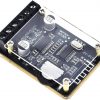
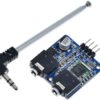
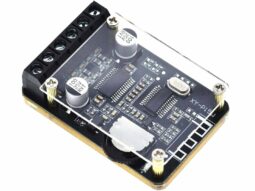
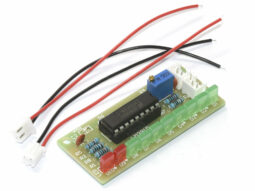
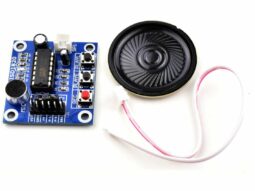
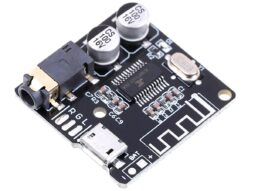
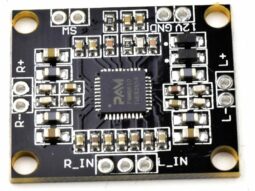
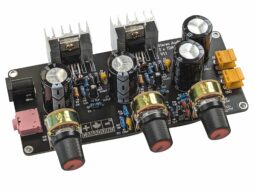
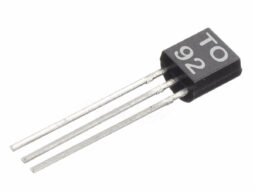
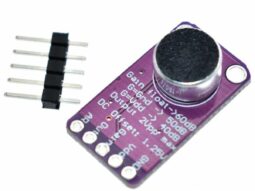
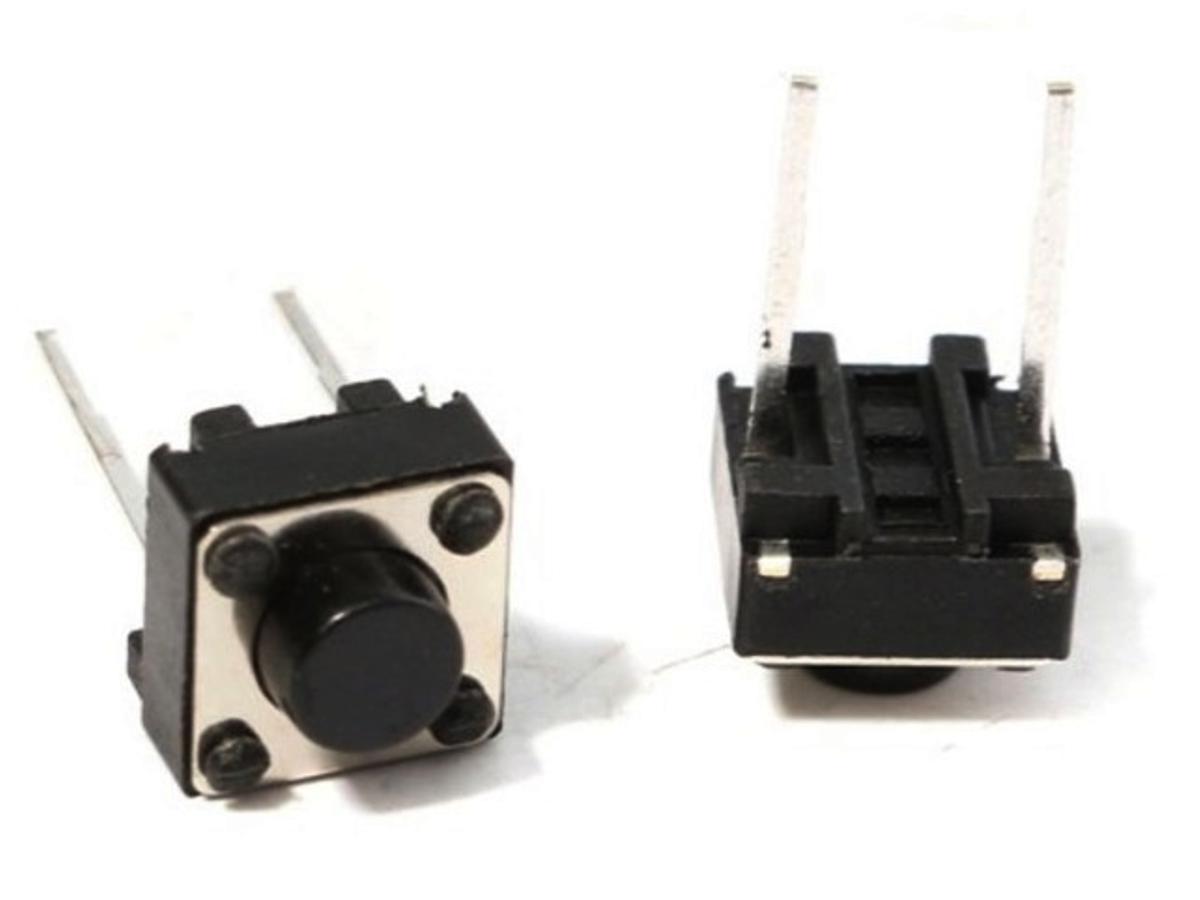
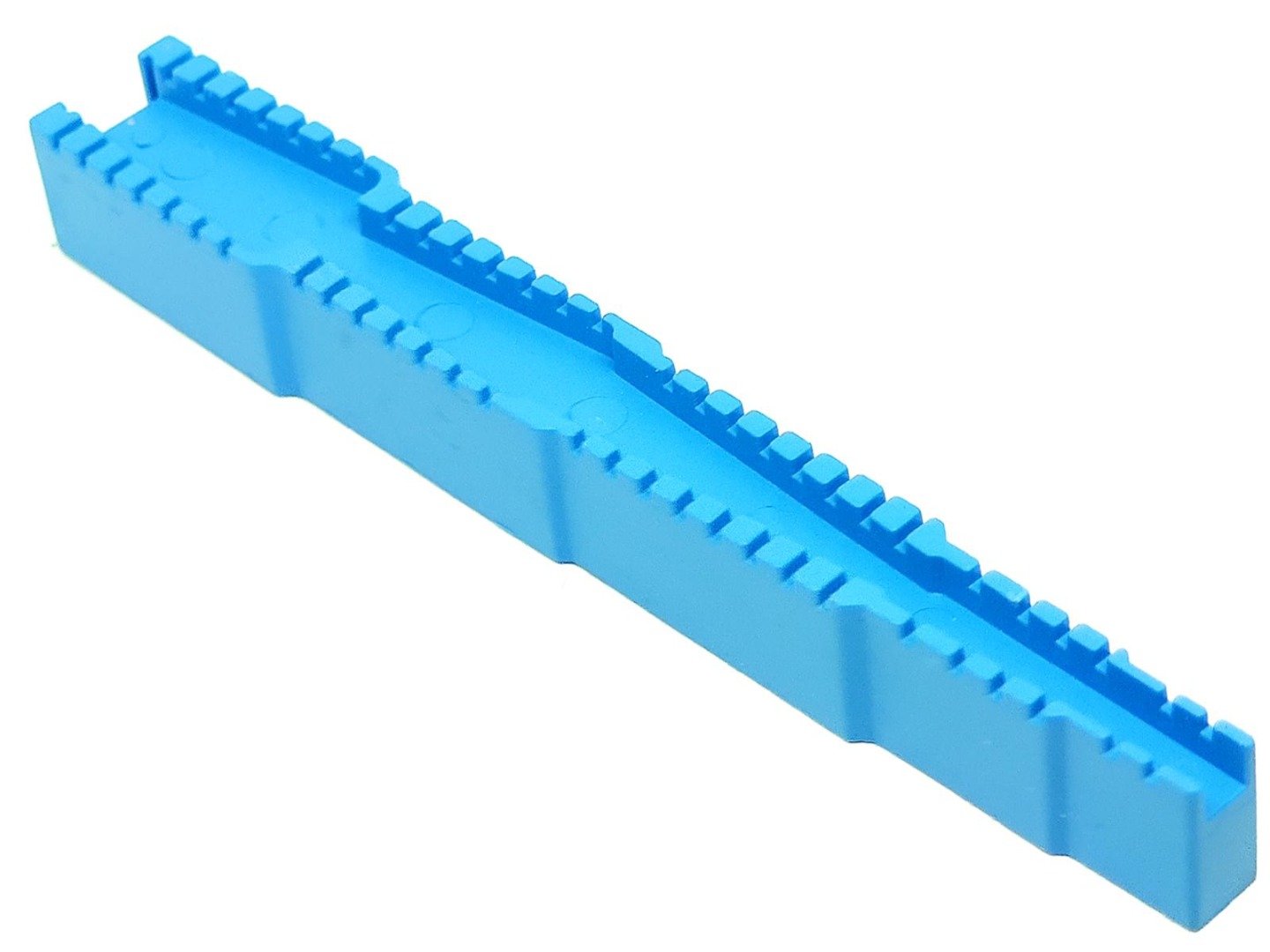
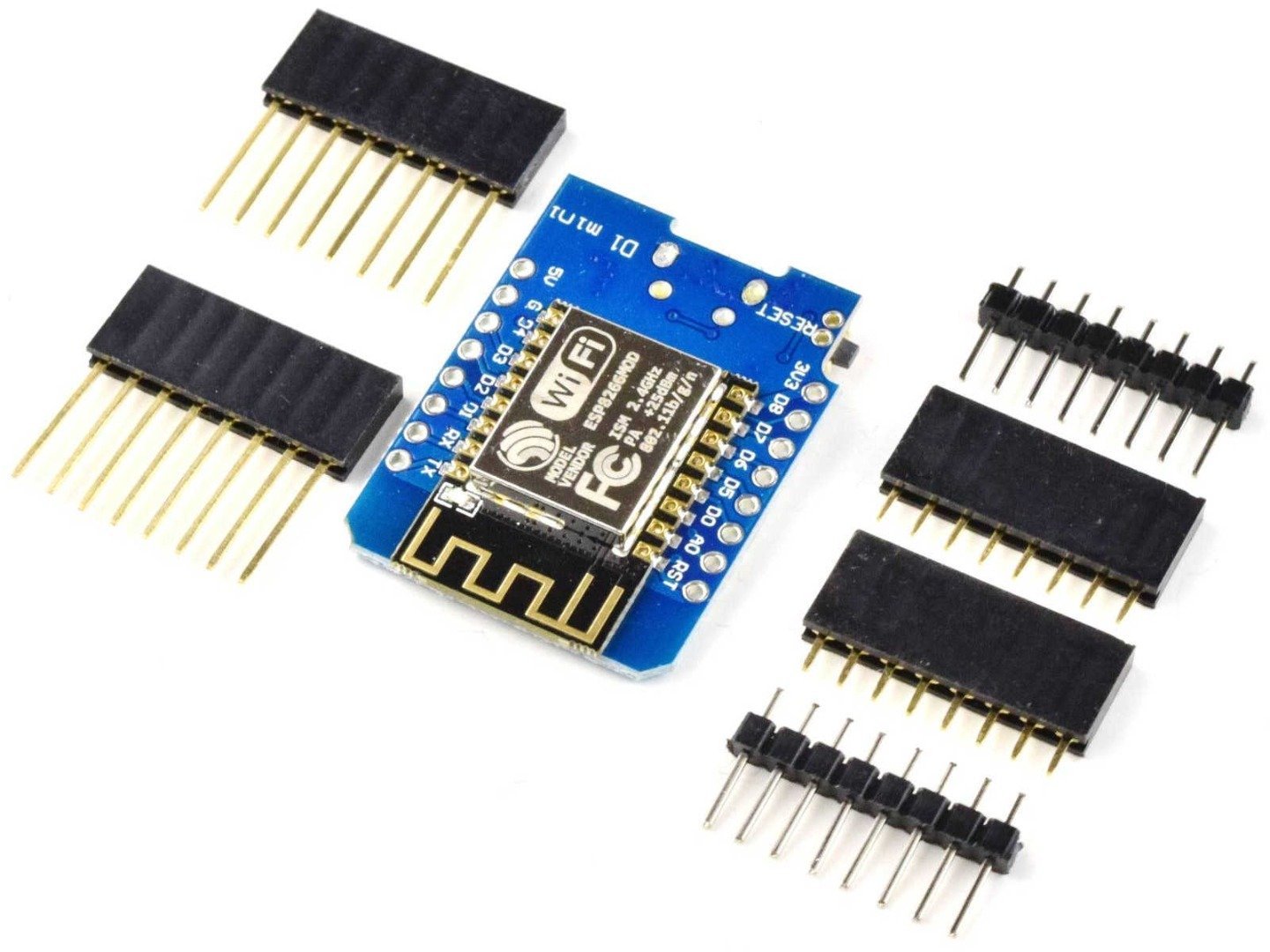



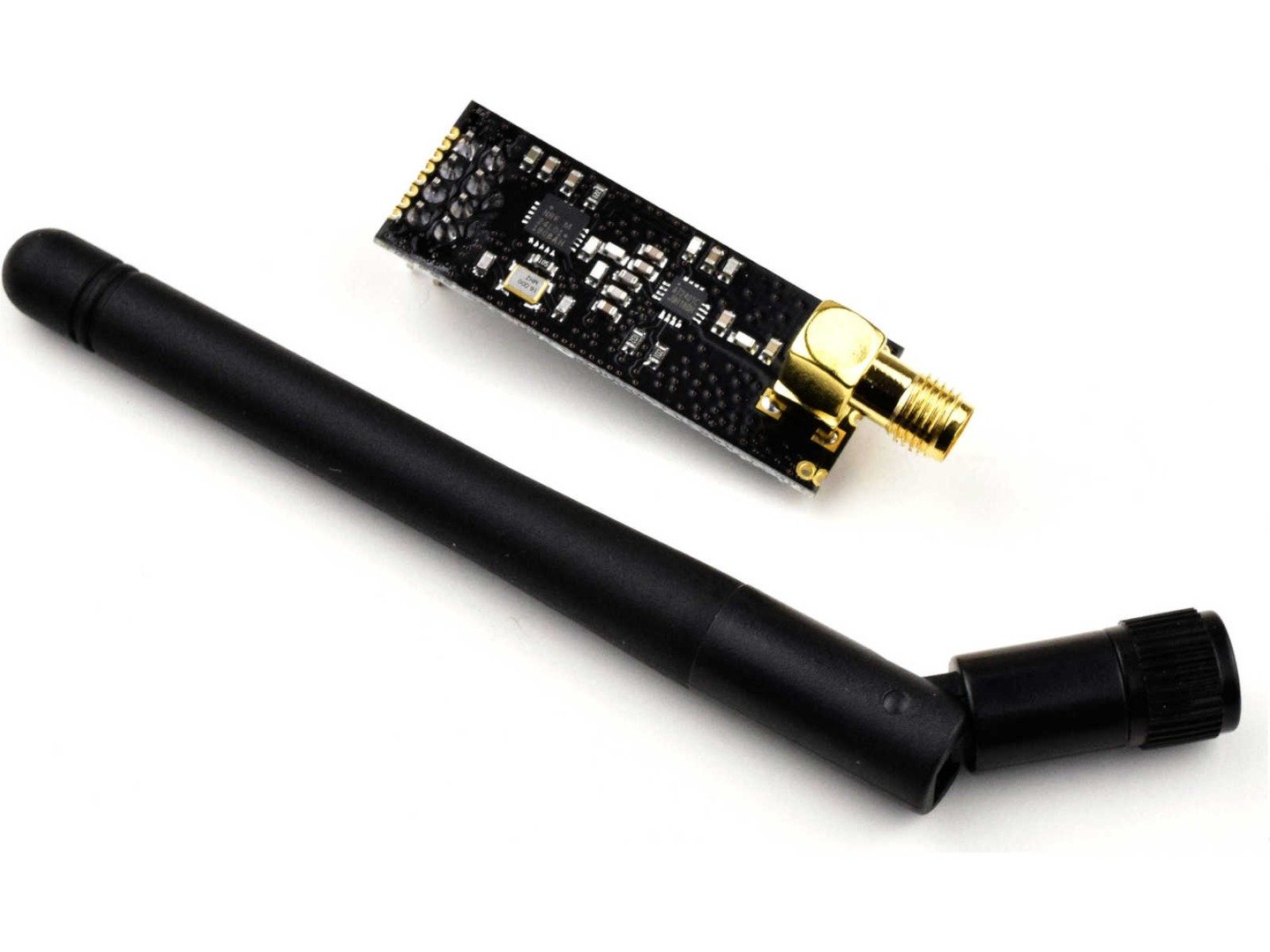
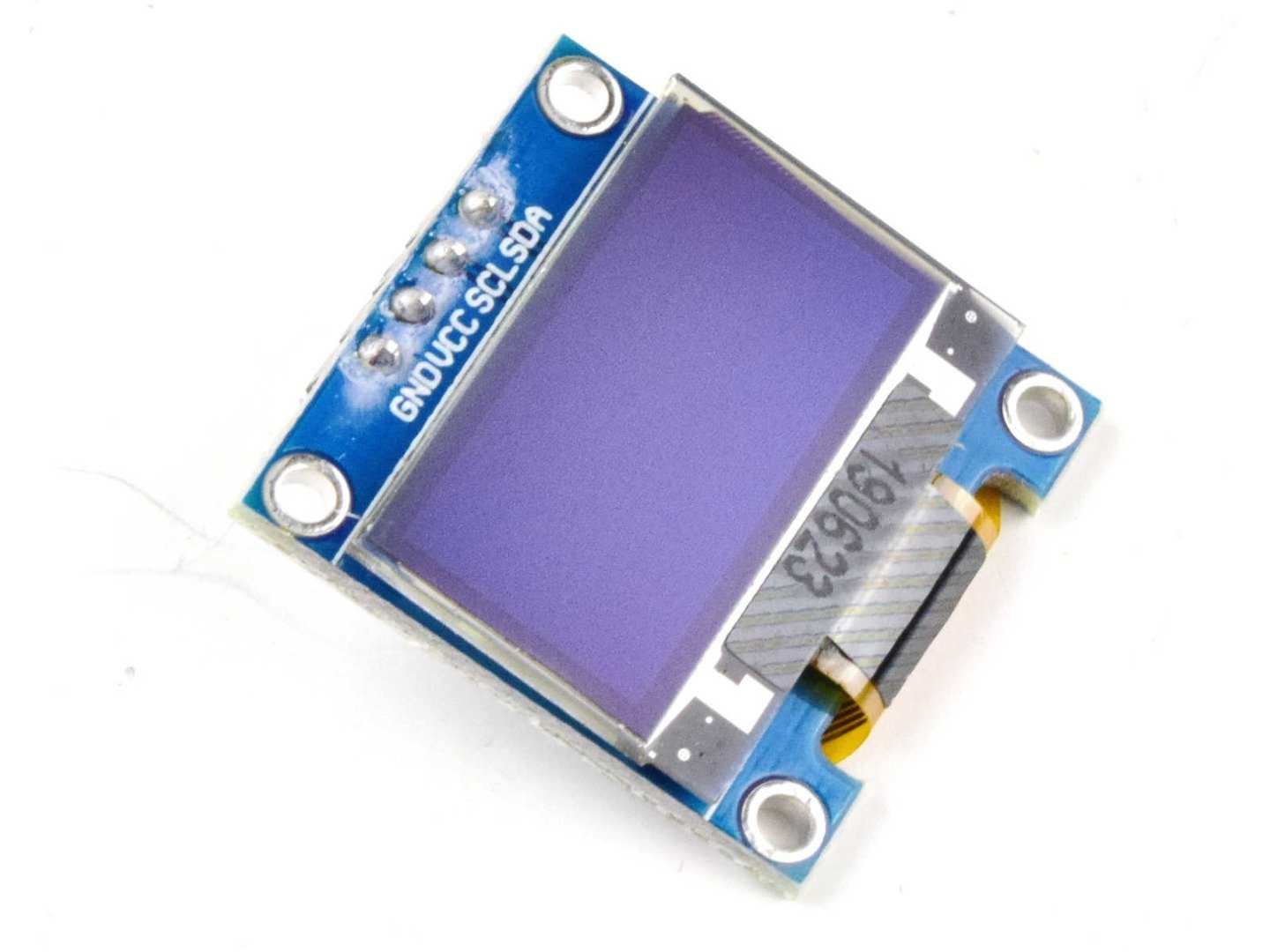
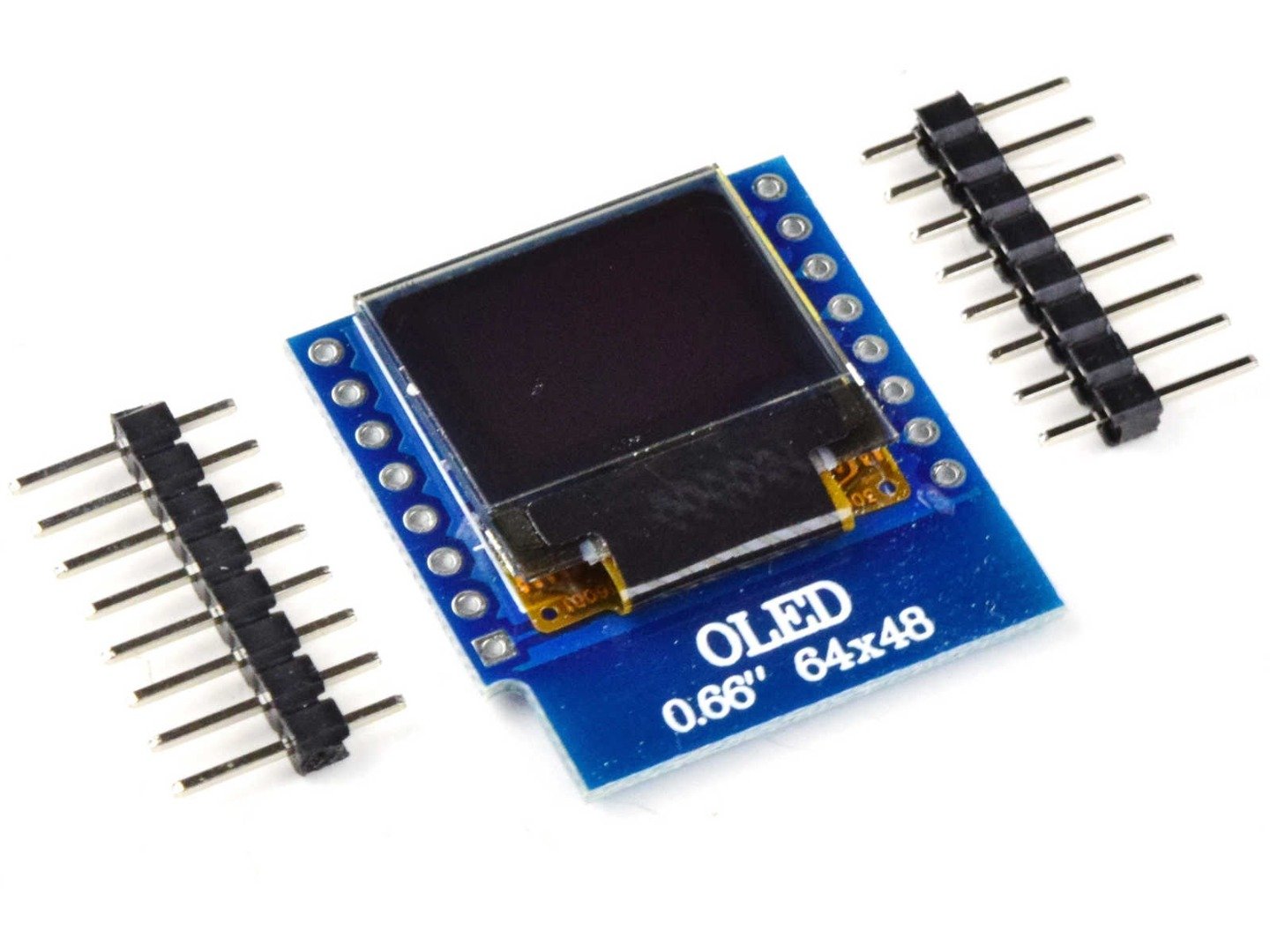
David Villeneuve (verified owner) –
This amplifier can be driven directly from an Alexa Echo Dot; no volume control required. I used an old laptop power supply at 19V. The module was able to drive bookshelf sized speakers to a high volume. I can’t comment on the audio quality because the Echo Dot does not seem to output a wide audio spectrum.
david.thomas –
I feed this amplifier with a signal derived from a DAB/FM radio, and it drives hi-fi speakers; the result sounds good to me. I did discover, however, that the labels on the right-hand output pads are swapped; the correct order of the pads along the edge of the board is R+, R-, L-, L+.